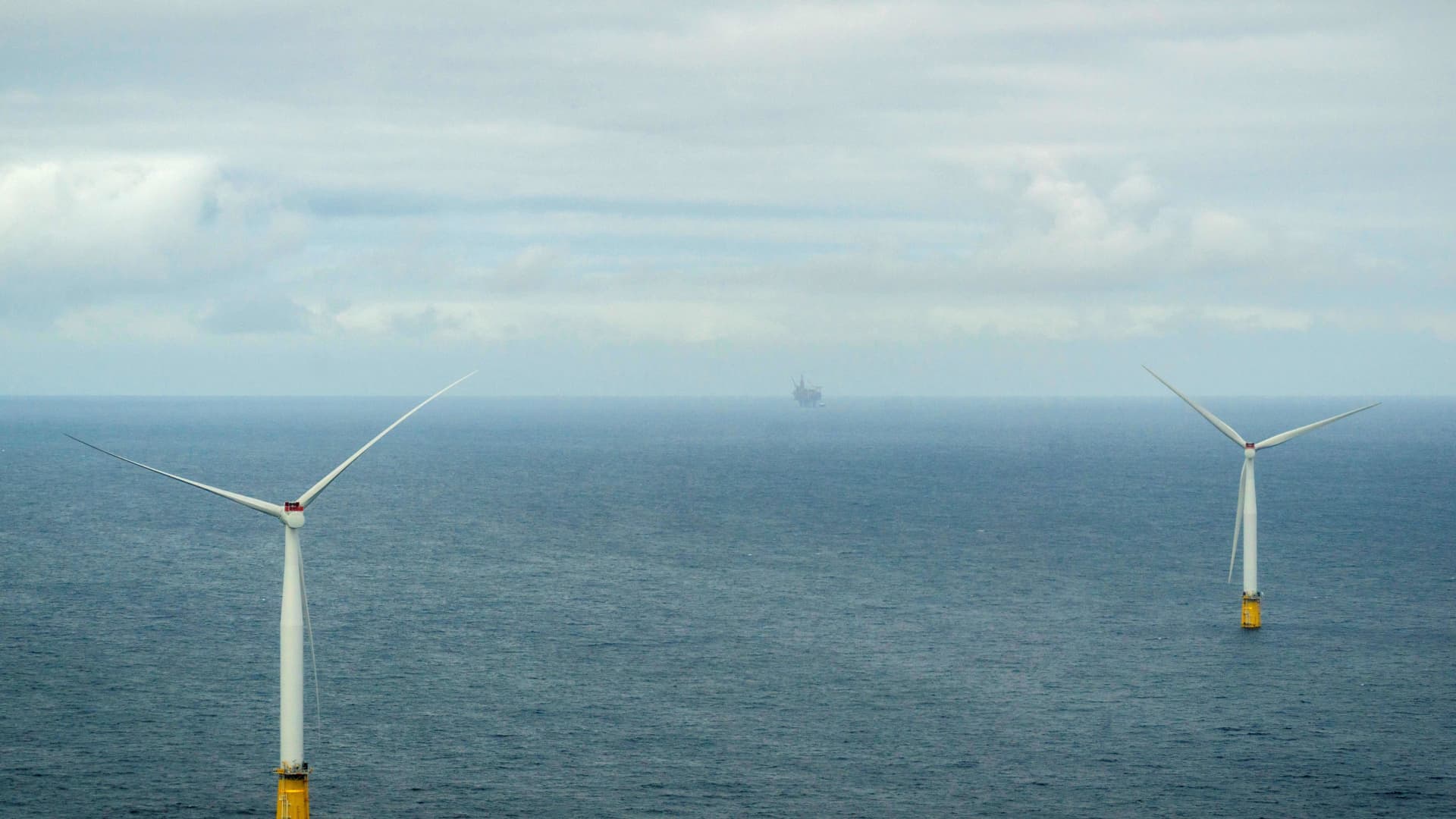Energy
Wednesday, June 29th, 2022 10:35 am EDT
When I first saw that Ford was opening up its Heritage Vault, a collection of images from the company’s past, I thought that it wouldn’t be exciting for CleanTechnica readers. After all, we’re into EVs around here, and maybe plug-in hybrids. Ford’s heritage? Well, it’s almost all gas and diesel, right? But, then I thought about it a little more and it dawned on me that my initial assumption isn’t really true. Going back over 100 years, Ford has had some involvement with EVs and other oddities that readers around here would like.
So, I decided to look and see what I could find. And find things I did!
The Ford Ranger Electric
When it comes to the EVs of the 90s, GM’s EV1 gets most of the attention. After all, people held funerals for their EV1s when they found out that GM was going to take them back, and they were dramatically crushed at a proving ground in Arizona. This led to them being the main star of the 2006 documentary Who Killed The Electric Car.
But, the EV1 wasn’t the only EV sold in California and a few other states during the late 90s and early 2000s. Toyota sold an electric version of the Rav4. Chrysler sold an electric minivan, and Honda sold the EV Plus, for example. There were several others, but this is an article about Ford’s Heritage Vault, so I’m going to talk about its 90s EV.
Ford sold an electric version of the Ranger. At first glance, the image above looks like any other Ranger of the era, but a closer look reveals the differences. Part of the front grille is blocked off, and has a unique emblem. There’s also some extra lettering on the fender.
Inside, the truck is quite different from other 1998 Rangers. Instead of an ICE, there’s an electric motor integrated into the rear axle and differential with 90 horsepower and 149 lb-ft of torque. The battery, located under the vehicle between frame rails, came in a 22 kWh lead-acid version or a 26 kWh NiMH configuration. Charging happened via a plug behind the blocked nostril in the front grille (visible in the image). The Ranger’s range was either 65 miles (lead-acid) or 82 miles (NiMH).
This is nothing amazing by today’s standards, but keep in mind this was 1998 and 1999, and it’s competitive with the 2011 Nissan LEAF, but in a vehicle that’s highly useful for a variety of work and play.
The 2013 Ford Focus Electric
While a decade is hardly long enough to elicit nostalgia, it’s a good way for us to see just how much the industry has changed. The 2013 Focus Electric was Ford’s first current-era EV, and it wasn’t great by most measures.
Instead of being built on a dedicated EV platform, the car was a modified version of the gas-powered Focus. Batteries ended up taking up trunk space instead of being placed under the car in a “skateboard” layout.
The 23 kWh battery gave it range not much different than a Nissan LEAF, but with less utility, especially in the few places where you could find a CHAdeMO charger.
But, the vehicle was many people’s first EV, both for people who bought them new and for people who picked them up used. The price was lower than a Tesla of the time, and was even cheaper once they hit the used market. So, like other compliance cars, it ended up democratizing EVs earlier than today’s dedicated EVs would have.
It’s also a great way to see how far the industry has come in a decade. Instead of putting some batteries in a gas car and adapting it to run well, almost every manufacturer has an EV for sale now that’s built on a dedicated platform. The prices of EVs are crazy right now, but 2019 prices were either comparable or cheaper than the compliance cars often were, but with much greater capability.
Perhaps most importantly, the idea of adding DC fast charging to the Focus Electric seemed pointless in 2012. There just weren’t many stations to rapid charge at, even in California. The vehicle was only for commuting and grocery getting, not road trips, so Level 2 (220v) charging did just fine. Today? An EV without a CCS, CHAdeMO, or Supercharger plug is practically a lemon.
Curious to get a look at the whole Ford Focus 2013 pamphlet? Download it here.
The 1992-1993 Ford Ecostar
This is something I didn’t know about until I started poking around in Ford’s vault. Before the California ZEV program, Ford had long been experimenting with electric propulsion. But, earlier in the 90s, the company experimented with a small electric delivery and work vehicle. These vehicles were only tested in Europe, which is probably why I never heard of them.
It was both a success and a failure.
It was successful in that Ford didn’t intend to make a production EV, but accomplished its other goals. Ford made a total of somewhere between 80 and 105 vehicles, and just put them to work seeing how well an EV would be received by the working public. In all but a very few cases, the vehicles not only worked great, but were liked by the people who tested them. It also helped the company figure out what the challenges were for supply chains and building of EVs that would prove valuable later.
It was a failure mostly because the 37 kWh sodium-sulphur battery pack was prone both to failure, and even burst into flames in two cases. The company’s inability to further develop the battery technology and make it safe led to Ford abandoning EV development and switching to fuel cells until EVs heated up again in the late 90s and then again in the 2010s.
Notably, a very similar vehicle, the Transit Connect Electric, did end up resembling the Ecostar, but that didn’t happen until 2010 and was probably a coincidence.
You can download the short brochure for the vehicle here.
It Would Be Cool If Ford Could Dig Up More Early 20th Century EV Imagery
One thing I was hoping to find in the Heritage Vault was more imagery of the much earlier electric vehicles that were in development in the early 20th century. It’s possible that those images were lost, but Ford also might have just figured that most people who would remember such things aren’t around to experience any nostalgia anymore.
If anyone from Ford reads this, please see if you guys can find more early EV images. That would really round the collection out.
All images provided by Ford.
Check out our brand new E-Bike Guide. If you’re curious about electric bikes, this is the best place to start your e-mobility journey!
Appreciate CleanTechnica’s originality and cleantech news coverage? Consider becoming a CleanTechnica Member, Supporter, Technician, or Ambassador — or a patron on Patreon.
Advertisement
 This post has been syndicated from a third-party source. View the original article here.
This post has been syndicated from a third-party source. View the original article here.









